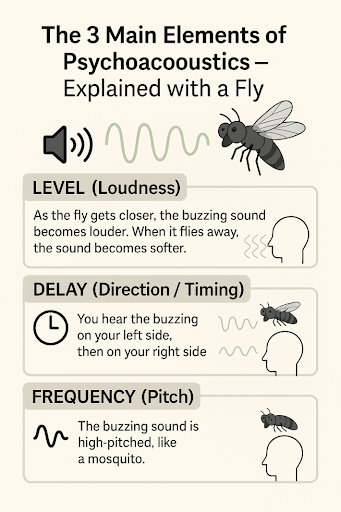Is Mobile Dolby Atmos Just Marketing or Strategy?
Nowadays, most phones are promoted as having Dolby features. However, many review videos play audio or video content and record it using a regular microphone, then claim that the Dolby sound is impressive. This creates confusion: does Dolby really work on mobile devices?
Can Phones Deliver Dolby Atmos?
To fully experience everything mixed in Dolby Atmos, a minimum 5.1.2 channel speaker system is recommended. This setup allows sound to be placed not only around you but also above you, creating a true 3D audio environment. In theatres, the system can involve up to 64 speakers, including ceiling-mounted ones, to deliver an immersive sound experience from every direction. But this raises the question: how does it work on phones that only have two speakers?
Software vs. Hardware on Mobile
In Dolby Atmos, two important components are the software and the hardware. The software handles what needs to be sent to each of the 64 speakers, while the hardware is the actual speaker system. When it comes to mobile devices, there is clearly no full Dolby hardware—most phones only have two speakers—but they do include the software. When you swipe down from the top of the screen, you can often see the Dolby Atmos icon. This leads many people to question whether having only the software without proper hardware is misleading or feels like a cheat.

Understanding Psychoacoustics
Ethically, yes—it may feel like cheating. But technically, there’s one more thing to explain: the concept of psychoacoustics. Psychoacoustics is the study of how we hear and understand sound—not just the sound itself, but how our brain perceives it.
Imagine a small fly buzzing around your room. You close your eyes, but you can still tell where it is, how loud it is, and how high-pitched the buzz feels. That’s psychoacoustics at work!
The 3 main elements of psychoacoustics:
- Level (Loudness): As the fly gets closer to your ear, the buzzing sound becomes louder. When it flies farther away, the sound becomes softer.
- Delay (Direction/Timing): If you hear the fly more in your left ear than in your right, your brain calculates the delay to identify direction.
- Frequency (Pitch): A mosquito’s buzz sounds different than a beetle’s. That pitch helps you identify the source and size.
These principles help the brain simulate spatial awareness using just two ears—and it’s the same logic used in Dolby Atmos software on phones and headphones.

Limitations of Mobile Dolby
The problem is, while we can simulate sound with two speakers, it’s difficult to accurately recreate sound from the front and back. This is a major challenge. When wearing headphones, the left and right sound works well, but the back doesn’t feel as convincing—because back sound depends on motion and frequency.
To truly feel the exact frequency, the sound needs to come from the correct physical location, like from behind or above. These vibrations resonate through the body, making 3D sound an immersive feeling, not just a sound. That’s hard to replicate with just two tiny phone speakers.
Reality Check: What Dolby Does on Phones
On mobile devices, Dolby is mainly used for equaliser adjustments—otherwise, it doesn’t offer much. Yes, you might notice some changes in the audio, but you won’t experience true Dolby sound from phone speakers. That’s because there are no speakers behind or above you. While Dolby Atmos works quite well with headphones, it’s not effective through phone speakers, especially when you’re surrounded by people and background noise.
Misleading Reviews and Buyer Advice
The reason I’m writing about this is that most people lack proper knowledge about audio. Whether it’s DTS or Dolby, it all sounds impressive to the average person, but when asked about it, many don’t really understand what it means. Some phone reviewers claim the sound quality is great, and they demonstrate it by playing audio or video on the phone. However, they usually record the sound using a BOYA mic or DJI mic, which are mono microphones. While the phone may have stereo speakers, the reviewer is capturing the audio in mono. Then, when viewers watch the video with stereo output, the original audio is still recorded in mono—so how can anyone get an accurate idea of the actual sound quality?
Final Advice Before Buying
If you’re planning to buy a device, don’t choose a phone just because it has the Dolby name. When a phone includes Dolby branding, the manufacturer pays a licensing fee for it, and that’s one of the reasons the phone’s price may be higher. But even with the higher cost, you still won’t feel the full Dolby effect on a phone.

